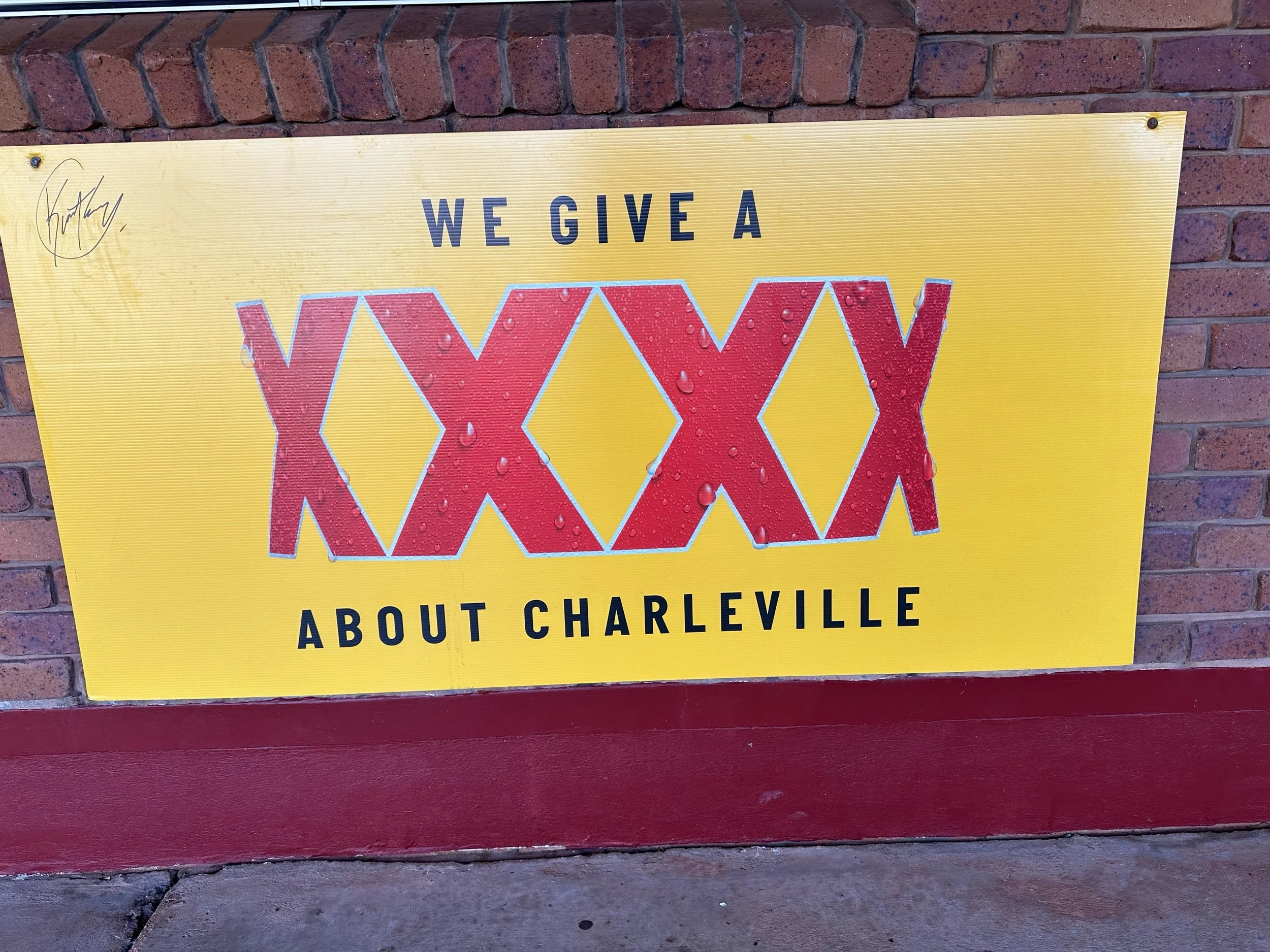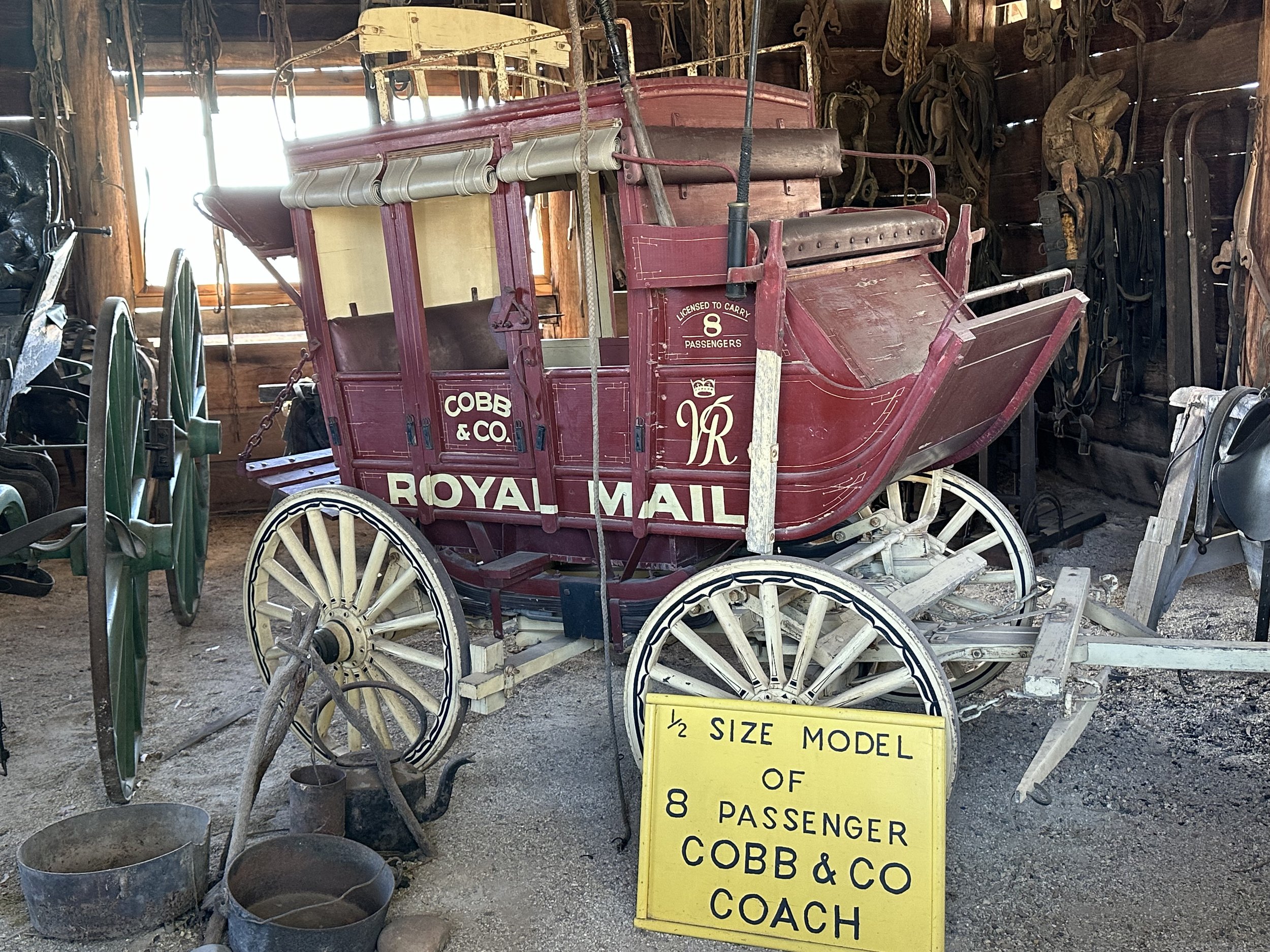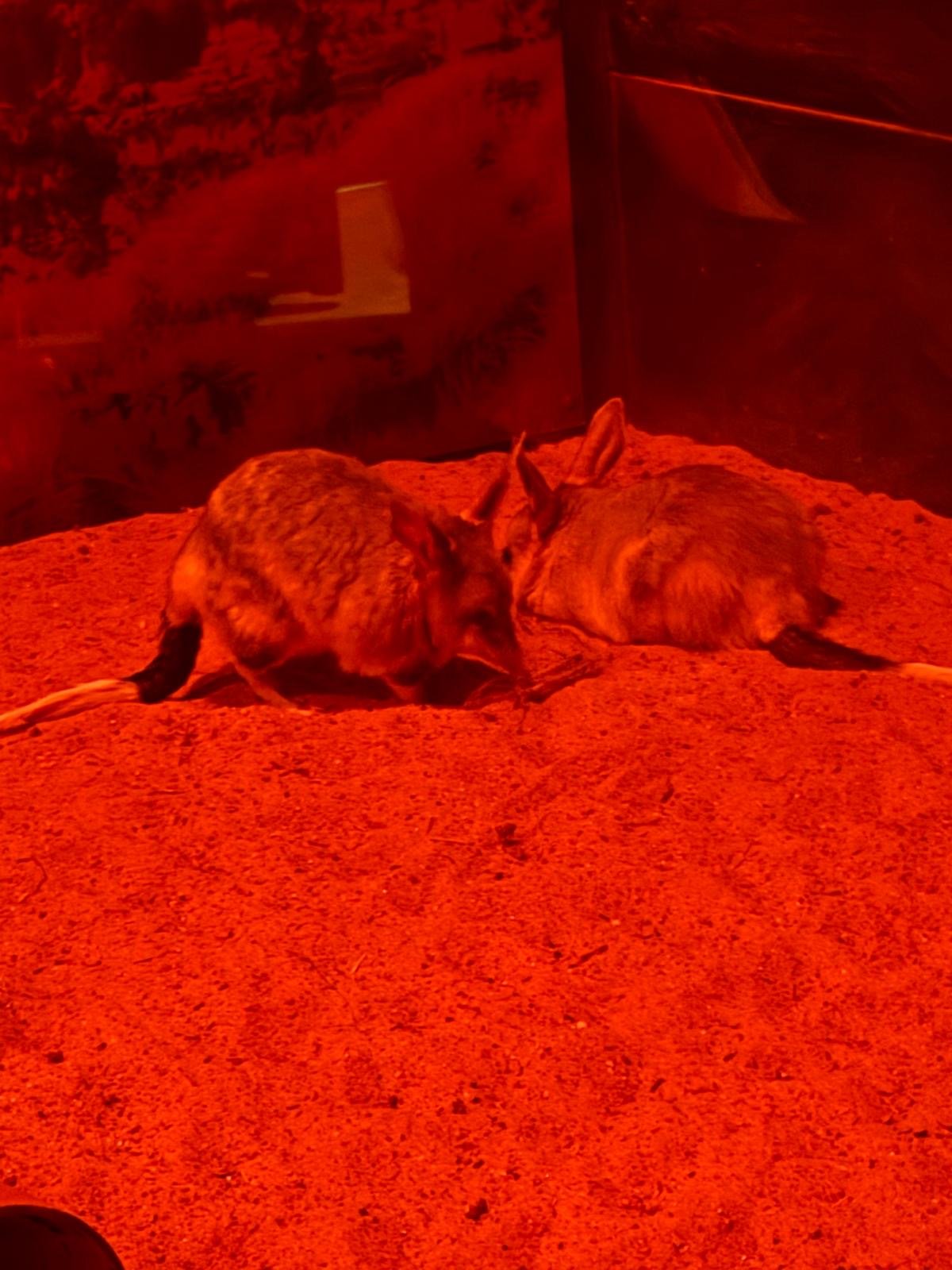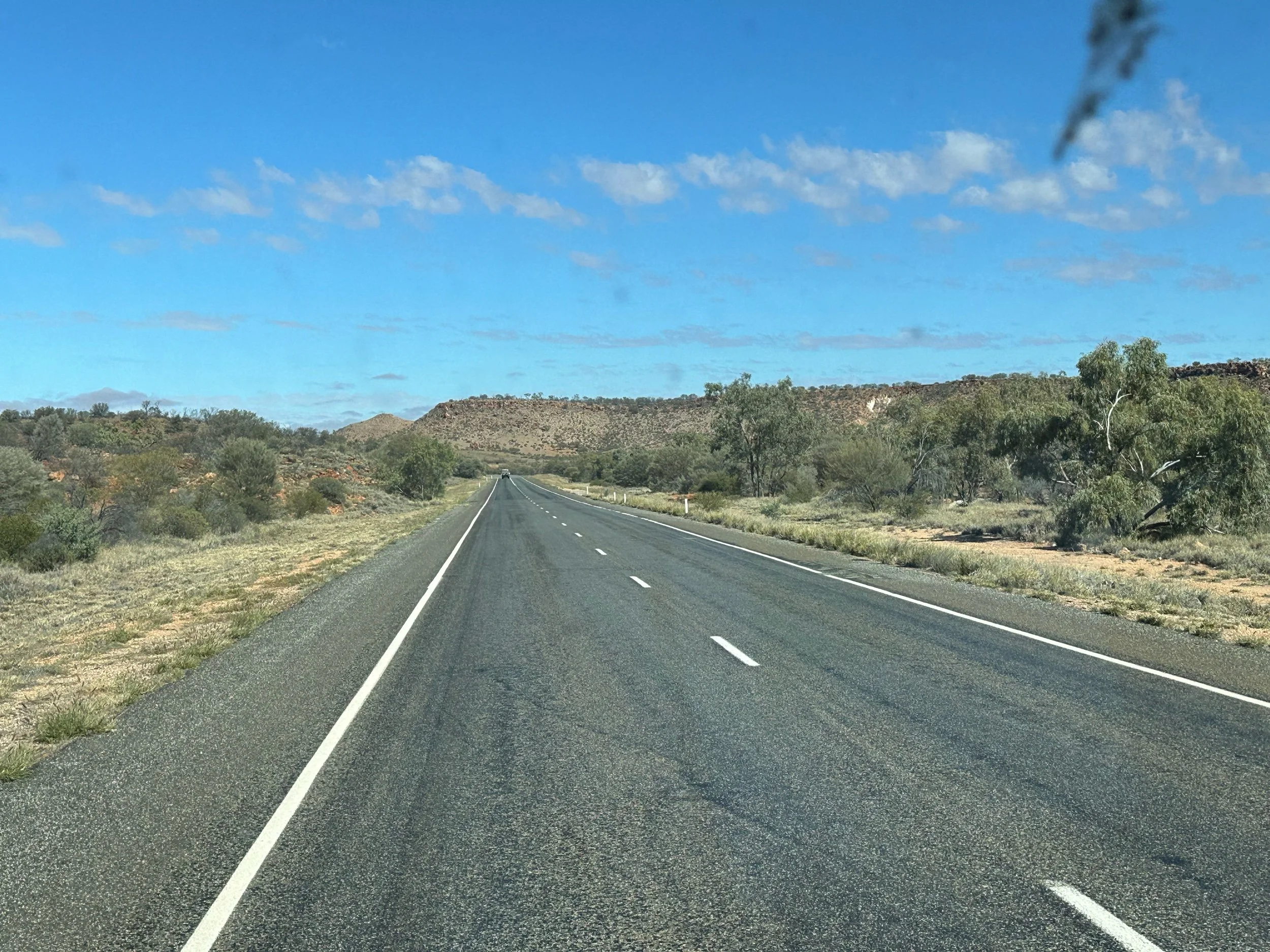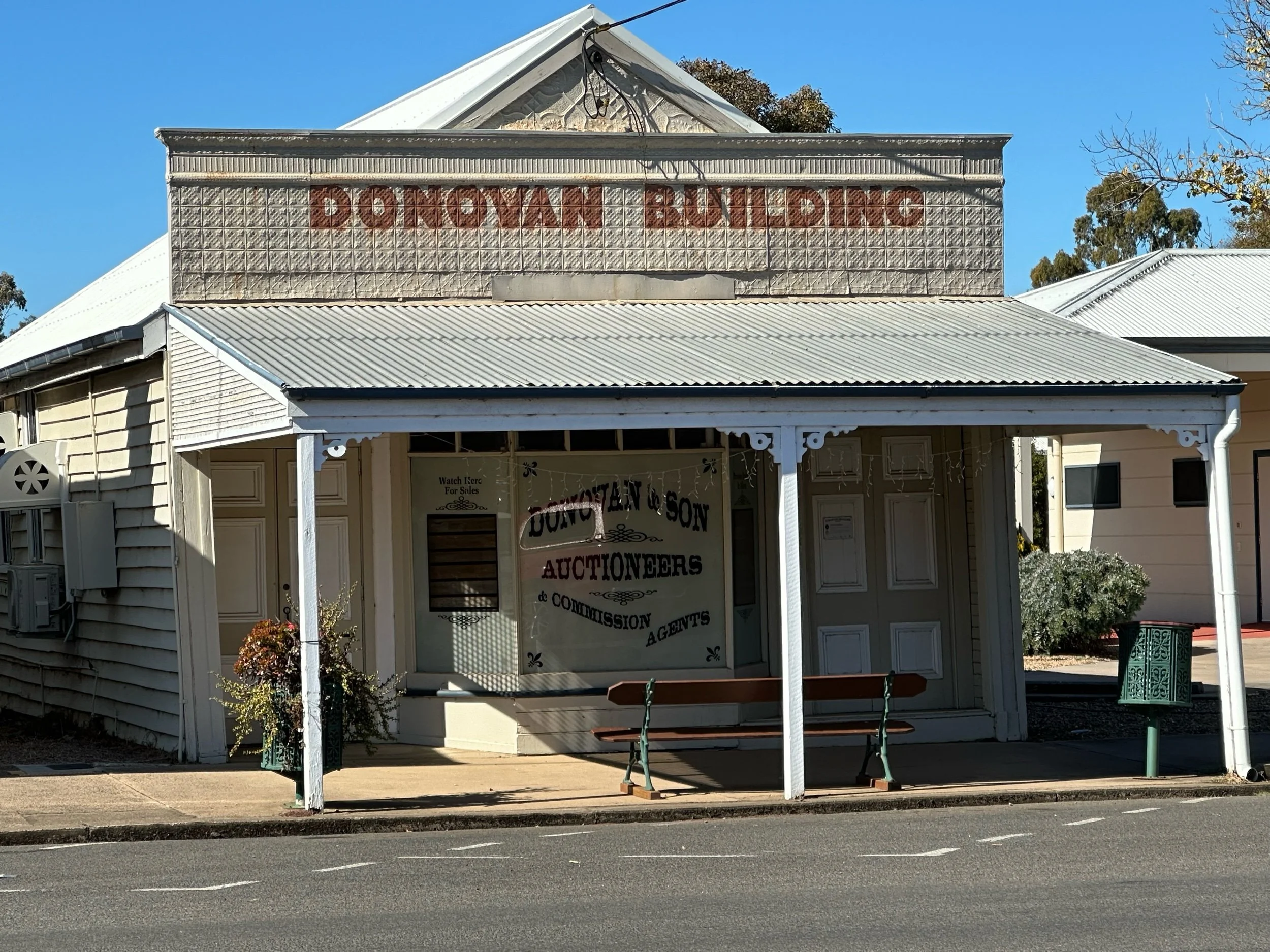Aus 7 Miles to Blackall
23-27 June 2024
You may recall that the idea is to drive from Sydney, via Brisbane and then head off to Uluru via Alice Springs and then back to Sydney via South Australia and Melbourne. So far we are about a quarter of the time into our journey and we have covered about 1/4 of the kilometres. We have some big driving days ahead of us and some big empty spaces to traverse. We are finding that few people we meet have made this journey and even fewer probably want to! The easiest way to reach Uluru or Alice Springs is to fly. However, to understand and experience the vastness of Australia, I think you need to drive it!
The majority of Australians actually live on or near the coast and the Australia that is so well known involves life not far from a stunning beach and access to good waves and 🏄♂️. People have access to good restaurants and culture and are well connected with WiFi, films, culture and if you are in work, life can be good.
A smaller percentage of Australians live in inland towns and villages. Their lives revolve around rural pursuits and work is related to farming and agriculture. And we are told that the rural population is declining as sheep farming is in decline and beef farms are getting bigger and use fewer workers to manage. Obviously there are other jobs like health, education and servicing populations with cafes, hairdressers etc. But shops in small towns are basic and necessary. There is not much in the way of luxuries. Cafes are busy with people eating meat pies, fish and lots of chips and quite a lot of cake! Some rural waistlines reflect this diet. We have found healthier sushi and salads but it is more tricky. And some people are almost aggressively anti vegetarian.
Most vehicles on the roads are 4x4s and the inland roads are very long with very little traffic. Many seem to be pulling a caravan. There are a few motorhomes but very little ordinary domestic traffic at all. Motorbikes are rare and the other traffic is commercial often triple or quadruple articulated lorries - Road Trains. The caravanners seem to be largely retired people moving North to Queensland to escape the winters in Sydney, Melbourne or Adelaide.
The roads, so far are tree lined and straight. Some areas open out into cow pastures and there are very few sheep at all. There are fewer visible farms now and this is because in this area the farms are massive and very spread apart.
The settlements or Centres of population are very spread out too and you can travel for an hour or two without passing any pockets of habitation. The road signs warn of the dangers of falling asleep and advise stopping to rest. The sameness is quite overwhelming.
The roads have occasional petrol stations usually in a small town or village and there are laybys largely to provide toilets and rest areas for lorry drivers. You would be hard pressed to have a car accident as there are so few vehicles on these roads. The oncoming Road Trains stop for nothing even when you are crossing a narrow bridge. It does require holding your nerve!
I think there is probably a rural view of life in Australia and this permeates politics. It seems that maybe people feel that being Labour is a luxury that those struggling in the countryside cannot afford. Does Labour understand rural issues and rural poverty? Does it represent their struggles? Are decisions about coal, nuclear power, global warming, electric cars and wind farms relatable? The inland communities are a huge distance both physically and metaphorically from the coast and Urban life. I am not saying that I have any understanding of this, but it is an observation from talking to people. There is a huge disconnect from politics generally.
Miles
We stopped off in Miles, which was not very different from any other small rural settlement, except this one had an amazing local history society which had established a fab museum in preserved historical buildings that they had brought together on this site. If I can figure out how to do it I will insert a link to the site. There you could see old artifacts that had been commonplace in households 100 years ago.
Floods - Condamine
One of the things we have become aware of as we travel through this part of Queensland is the threat of flooding. We have arrived in winter when the rainfall is low. However there are frequent signs on the roads and in townships warning that the areas are prone to flooding. This photo was taken in tiny Condamine and the main thing that had happened here was a series of bad floods!
The road crosses many creeks which provide water to farms and villages, but it is these creeks which fill up and flood. There are flooding stories all the way along.
Mitchell and Fisherman’s Rest
When we reached the little settlement of Mitchell we found a free campsite on the river and hunkered down peacefully for a long kip. In the morning before heading off towards Charleville, our next destination, we decided to explore tiny Mitchell, which had been where my Grandmother, a locum GP in the 1920’s met my Grandfather, Garde Wilson presumably working in farming. He helped her hitch up her pony and trap which had been provided to do her rounds. She already had one very young child and a Nanny to help. Her husband had died before the child was born and she was a young widow and a Doctor. The rest is history.
Our searches took us to the Town Hall and an old renovated Court House which would have been there in Gran’s day and we went to search in the library archives to see if a Doctor Kent Hughes was to be found.
Whilst there were a few old buildings remaining in tiny Mitchell, there was no trace of Gran in the short time we had to search. Heather the librarian helped us search in the town archives.
We knew that Gran left Mitchell for Kingaroy later on. But was my Mother Judith Garde Wilson born in Mitchell in 1926? I sort of think she may have been.
Charleville
Charleville is another small town on our route with a population of 2,500 people. Most essentials can be sourced in town because the next town is no bigger and also a long way away. Increasingly people are now internet shopping and things can arrive remarkable quickly courtesy of Amazon!
We arrived in Charleville at lunchtime and there were a choice of cafes. We found one that had a Chinese cook and offered Sushi as well as fish or pie and chips!
We were due to link up with the McDonald family who lived in Charleville and were related to most of the cousins we had already met on our travels. This cousin was a bit different. He and his wife were 100% engaged in rural life. For him, this involved a passion for light aircraft (essential for farming and medicine), a love of restoring old military vehicles and classic cars and a home on the edge of town with paddocks for horses. When his father passed away he inherited a veritable museum’s load of old military vehicles which are now safely stored in a hangar in Charleville.
They had made their living in the countryside like his parents before him who had farmed. And now their children are being faced with 21st Century choices between a rural life or the challenges of urban living. Here, because of the distances, it is not possible to do both. Charleville is 744 kilometers and a nine hour drive from Brisbane on the coast, its nearest big town.
Bilbies
Alan’s wife Leslie works in the Towns’ information centre where they are hosting a very special breeding Programme to save, the nearly extinct Bilbie. It is a sort of tiny Kangaroo or marsupial. Its young incubate for 14 days before transferring to the mother’s pouch to fully develop and be weened. We were able to see Bilbie’s in the breeding Programme and a huge effort was being made to raise funds to create protected spaces in the wild (electric fences) which excluded feral cats, rabbits, foxes and also wild dogs which were a threat to these nearly extinct creatures. In Charleville people were encouraged to buy a chocolate Bilbie for Easter and not a rabbit and the profits would help the breeding and preservation Programme.
We learned in Charleville, how introduced species are driving the extinction of many mammals including Bilbies. In spite of there being vast tracts of unoccupied land, it seems that foxes, rabbits and feral cats are rampant and out of control and killing or competing with native mammals.
Tambo
Little Tambo which we passed through was lovely and is known for its bottle trees, its Teddy shop and its well preserved historic buildings.
Blackall
For us Blackall was particularly interesting because it was where Alan MacDonald and family had been raised. His Mother had been a Brisbane City girl who married into farming life. Originally the MacDonalds would have raised sheep in Blackall, but now farms have more beef cattle and far fewer sheep.
Dingos and wild dogs have made life difficult for sheep farmers. Gone are the days when sheep fences were repaired constantly by cheap labour to protect stock and lambs from wild dogs. So this change may have contributed to the gradual depopulation of rural hubs that used to thrive on these labour intensive farming practices.
Now many cattle farms are run by large companies supervised by operatives using sophisticated drones and other new technologies to check on water and feed supplies. Large farms are becoming larger and smaller farms are no longer viable. This could drive more young people out to seek other employment in coastal towns and cities.
Coolatai, the MacDonald family farm was originally a sheep farm, then they raised cattle and now the land has been sold and it has been merged with neighbouring farms and is no longer family run.
We visited the Blackall, Sheepscour which had closed in the 1970’s and was now a rural museum site. It had been a major centre for communal sheep shearing and cleaning of wool prior to export. All the machinery was still in situ and much of it in working order. One of the walls in this vast complex had the names of all the sheep farms in the area that had ceased to operate.
Coolatai was one of them. The image below is of Coolatai from the air. Its name is painted on its tin roof!
There were many things about this operation which was fascinating but one of them was that it involved using industrial quantities of hot almost steaming water. The hot water required was supplied by an artesian well. The bore for this well was 800 meters deep. The machinery was powered by steam. The steam was created by burning wood in furnaces to further heat this water. The quantities of wood and water required for these processes was vast. Wool had been a massive employer locally and now was no longer.
The fortunate population of Blackall still has a constant supply of natural free hot water
This town clock in Blackall was erected to commemorate the centenary of the arrival of the Sir Thomas Mitchell expedition into this Barcoo region. Mitchell arrived in 1846 and named the rivers and mapped the district, enabling the establishment of the sheep industry.
One of the delights of Blackall was its open air swimming pool, which was naturally heated. We took a dip before continuing on our journey into the interior. It attracted many other older people travelling in their caravans, escaping the cold of winter in the South.
The Black Stump story TBC
Barcaldine Trade Union Sheerer story TBC
Winton - mistake creek and North Gregory Hotel - to be continued
Cloncurry and the Flying Doctor origins - perhaps a blog of his own?
Kynuna - shearers strike ended and flooding

